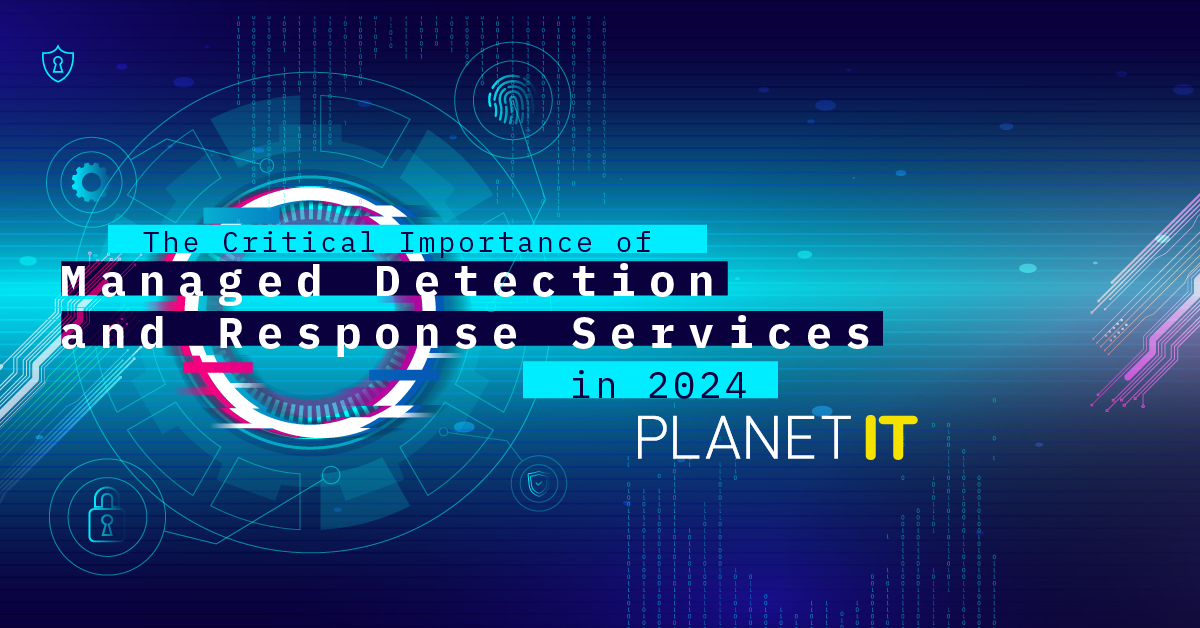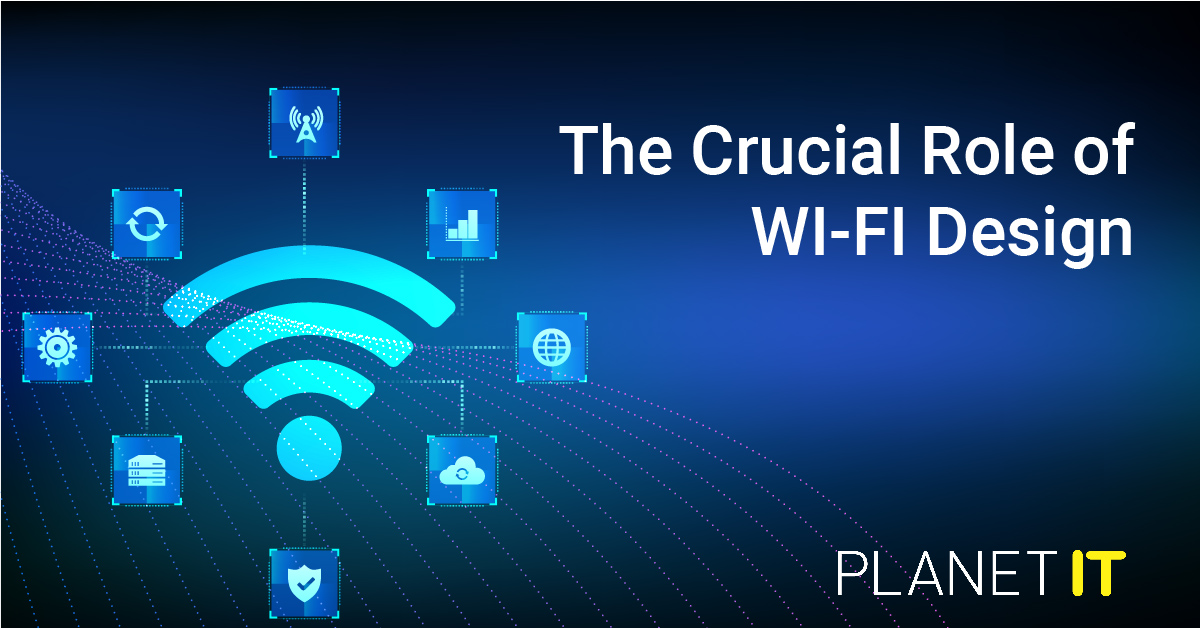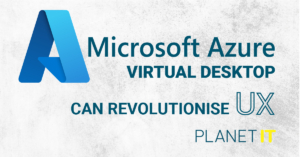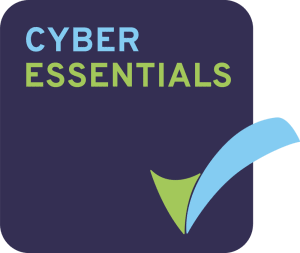The Importance of Cybersecurity at the Board Level

Cyber security is no longer just an IT issue. It is a critical business concern that must be addressed at the highest levels of any organisation. As cyber threats become increasingly sophisticated and prevalent, the role of the board of directors in overseeing cyber security has never been more crucial. In this article, I’m going to explore why cybersecurity should be a persistent agenda item at the board level and why it is essential for business leaders to take it seriously.
Cyber threats have evolved from simple hacks to complex, targeted attacks that can cripple entire organisations. These threats include ransomware, phishing, advanced persistent threats (APTs), and insider threats, among others. The financial and reputational damage resulting from a cyber-attack can be catastrophic, affecting shareholder value, customer trust, and the overall viability of the business.
With the rise in cyber-attacks, governments and regulatory bodies worldwide have implemented stringent data protection and privacy laws. Compliance with regulations such as the General Data Protection Regulation (GDPR), the Data Protection Act 2018, and others such as Cyber Essentials, ISO 27001 and many more. Non-compliance can result in hefty fines and/or legal repercussions. Therefore, it is imperative for the board to ensure that the organisation not only complies with these regulations but also adopts best practices in cyber security which some of these regulations, compliance and frameworks are specifically designed to do.
What about the cost of a cyber attack?
Cyber-attacks can have a significant financial impact on an organisation. The costs associated with a breach include not only immediate expenses such as forensic investigations, legal fees, and public relations efforts but also long-term costs related to regulatory fines, loss of business, and increased insurance premiums. According to a report by IBM, the average cost of a data breach in the UK in 2023 was £3.75 million. The financial stakes are exceptionally high for businesses, especially those in sectors like finance, healthcare, and critical infrastructure. They far exceed the value shown in the IBM report.
In today’s interconnected world, reputation is one of your most valuable but often intangible asset. A single cyber security incident can erode customer trust and damage an organisation’s brand image beyond that of any other incident. The impact on reputation can be long-lasting, affecting customer retention, acquisition, and overall market position. Business leaders must recognise that protecting the organisation’s reputation is as important as safeguarding its physical assets.
Traditionally, cyber security has been viewed as a technical issue, delegated to the IT department. However, the increasing frequency and severity of cyber threats demand a strategic approach, making it a board-level concern. Here are key reasons why cyber security should remain a constant agenda item for the board.
Strategic Oversight
The board has a fiduciary responsibility to ensure the organisation’s long-term success. This includes safeguarding its assets, both tangible and intangible. Cyber security is integral to protecting these assets. By keeping cyber security on the board’s agenda, directors can provide strategic oversight, ensuring that adequate resources are allocated to cyber security initiatives and that these initiatives align with the organisation’s overall strategy.
Risk Management
Cyber security is a critical component of enterprise risk management. The board must be proactive in identifying and mitigating cyber risks. This involves understanding the organisation’s risk appetite, assessing the potential impact of cyber threats, and implementing appropriate controls. Regular updates on cyber security posture, incident reports, and risk assessments should be standard practice at board meetings.
Governance and Accountability
Effective governance is essential for robust cyber security. The board should establish clear policies and frameworks for cyber security, ensuring that there is accountability at all levels of the organisation. This includes defining roles and responsibilities, setting performance metrics, and conducting regular audits to assess compliance with cyber security policies.

Crisis Management and Incident Response
In the event of a cyber-attack, the board must be prepared to act swiftly and decisively. This requires having a well-defined incident response plan in place, with clear protocols for communication, containment, and recovery. The board should regularly review and test the incident response plan to ensure its effectiveness.
Continuous Improvement
Cybersecurity is not a one-time effort but an ongoing process. The threat landscape is constantly evolving, and so must the organisation’s defences. The board should promote a culture of continuous improvement. Encouraging regular training, awareness programmes, and investment in the latest security technologies.
In conclusion, cyber security is a critical business issue that demands the board of directors’ attention. Business leaders can provide the strategic oversight, governance, and resources necessary to protect the organisation from cyber threats. This proactive approach mitigates risks and enhances the organisation’s resilience, ensuring its long-term success in an increasingly digital world. Business leaders must recognise that in the realm of cyber security, complacency is not an option—vigilance and proactive management are imperative.
For more information on how we approach cyber security and the roles of the CISO and external security consultancy, contact Planet IT today. You can call 01235 433900 or email [email protected]. If you want to speak to me directly, you can contact me via DM or at [email protected].
































